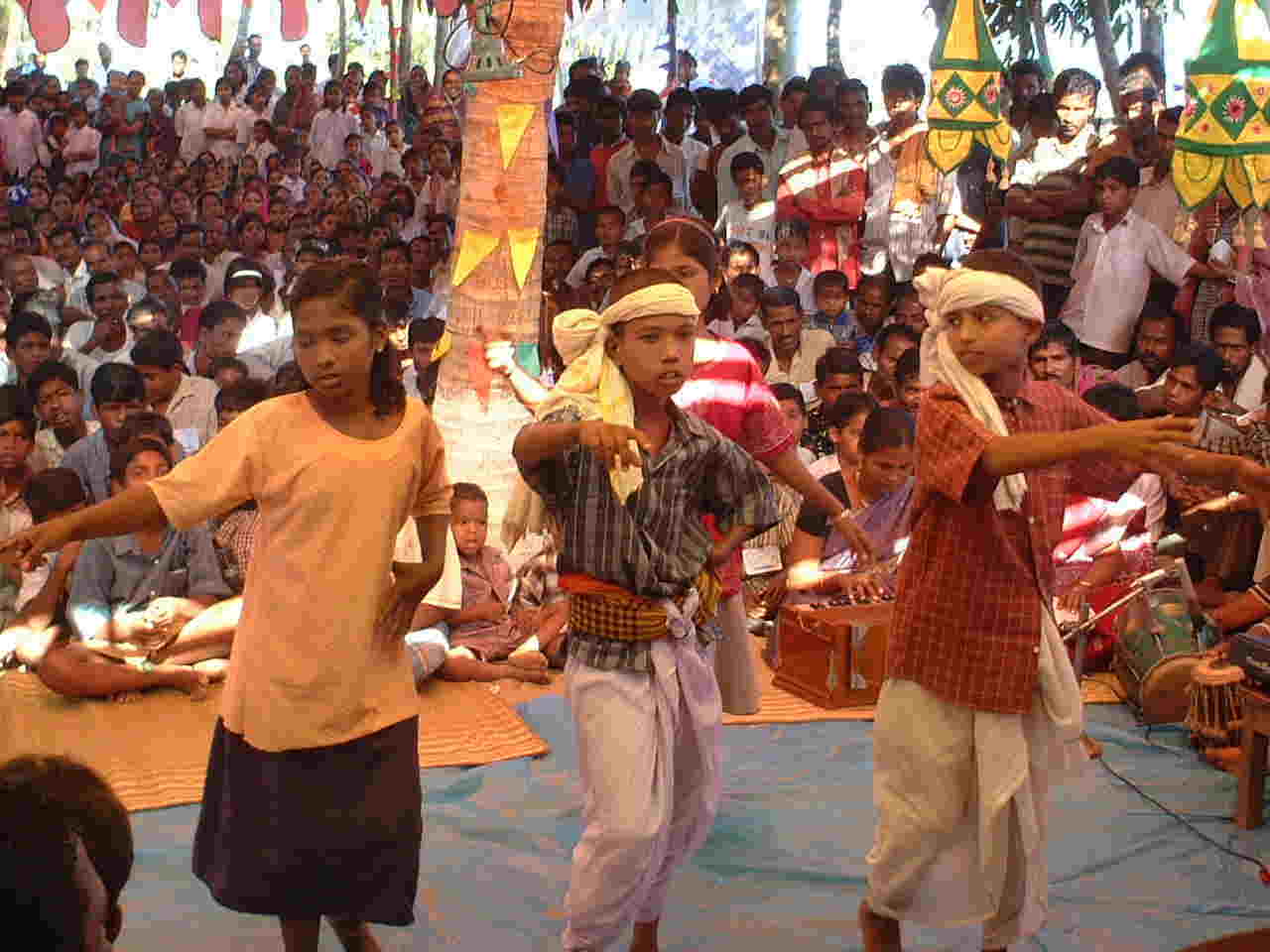 |
Chilika Lake | |
Location: Area: |
19゜28-54' N 85゜06'-38' E Orissa, India coast of bay of Bengal 96,000ha(dry season) 116,500ha(rainy season) |
|
| There are lots of islands in the lagoon. You can see a flock of flamingos in this picture. Many European bird watchers visit Chilika for its incredible number of migrants that reaches 1 million a year. |
|
| The new mouth opened in September 2000 now takes in seawater from the Bay of Bengal. Chilika recovered the moderate concentration of salt, and the amount of fish catch showed a remarkable increase. | |
| You can normally see the traditional fishing style like this everywhere in the lake. | |
| Prawn and mud crab is the major product of this lake. | |
| Centre for Environmental Awareness & Education (CEAE), which is under construction by Pallishree. CEAEs are built in every 4 villages as a stronghold of environmental education in the local communities. | |
 |
Environmental Awareness Campaign in January 2002 had many local participants. Children are playing a drama on their life in Chilika in this picture. |